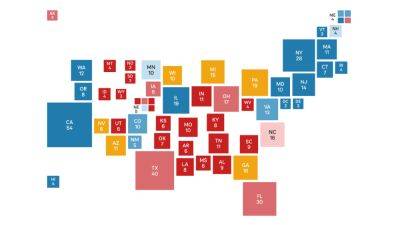The 2024 Solar Eclipse Is Coming: Here's Everything You Need To Know
For a few brief minutes on Monday, a total solar eclipse will blanket sky-gazers across the contiguous U.S. in a stunning astronomical spectacle that won’t happen again for another 20 years.
An estimated 31.6 million people live in the path of this year’s totality and millions more are expected to travel there to catch a glimpse of the celestial event, prompting some governments to launch emergency orders in anticipation of crowds.
“It’s kind of mind-blowing because it happens very quickly,” Dr. Cristina A. Thomas, an associate professor in astronomy and planetary science at Northern Arizona University, told HuffPost of the stunning scene as the moon engulfs the sun. “The animals start to react. The temperature drops. It’s a really interesting experience from that perspective.”
Here’s everything you need to know about the eclipse and how to prepare for it, whether you’re in the path of totality or not.
What Is It And How Is This Year’s Different?
A solar eclipse is when the moon passes between the sun and Earth, either blocking the sun partially or in totality.
While partial solar eclipses occur at least twice annually, the chance to see a total solar eclipse like the one on Monday is rare. The last one viewed from the contiguous U.S. was in 2017 and the one before that was in 1979. The next total solar eclipse ― again, able to be seen from the contiguous U.S. ― will be in 2044.
Not everyone in the U.S. will see the sky go completely dark, however. The only place to witness a total eclipse is in its moving path of totality, which on Monday will have a width that’s fortunately nearly double the size of the last eclipse. Its path will also cover more cities and densely populated areas than the last one, allowing more







